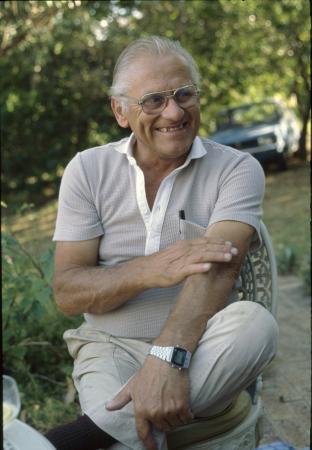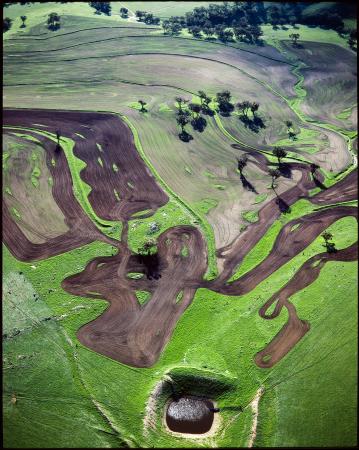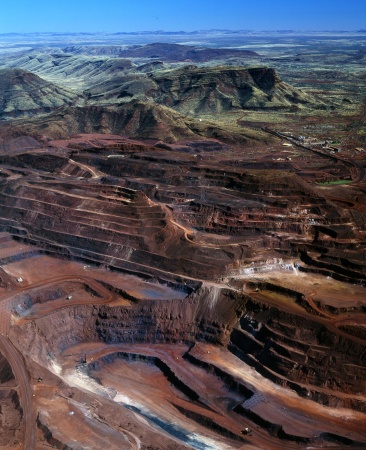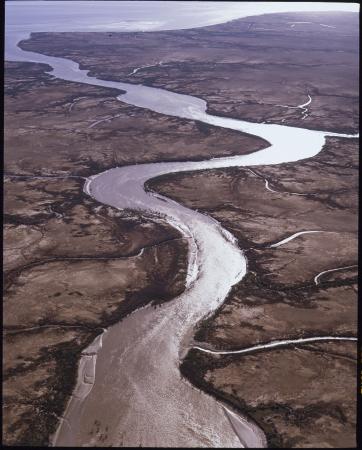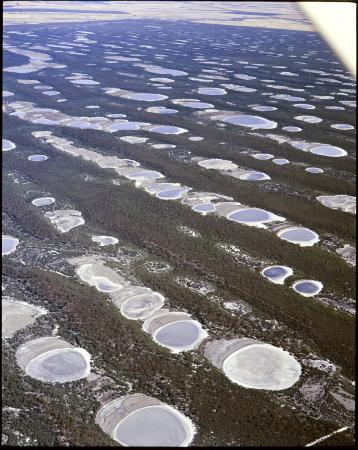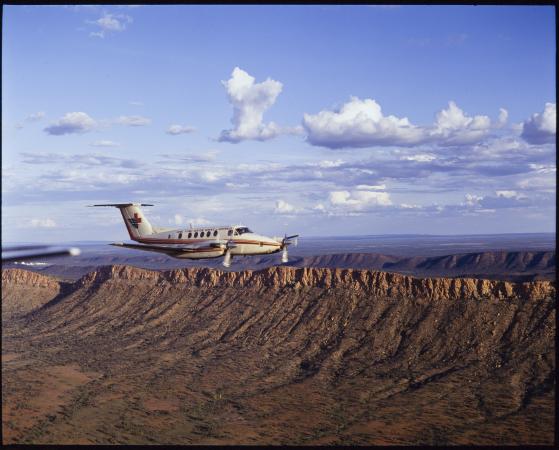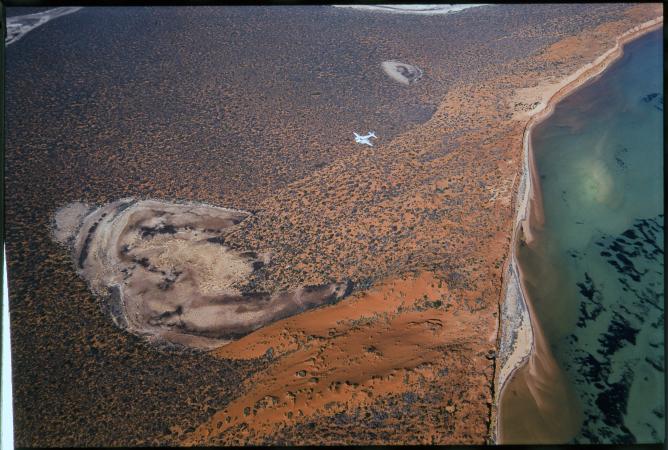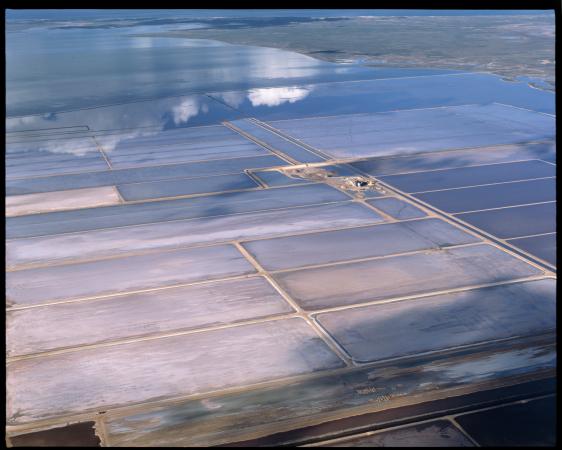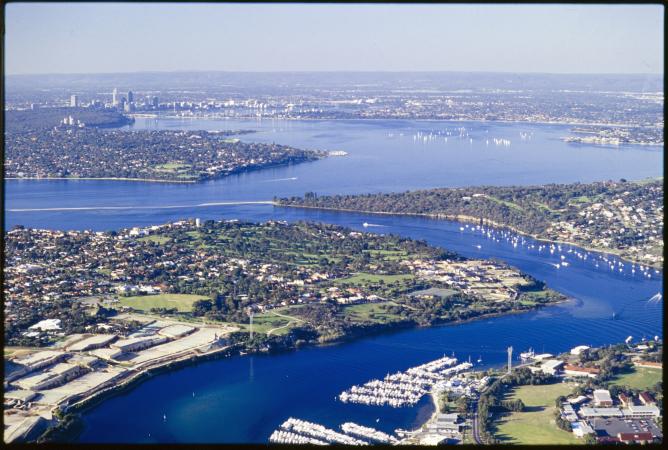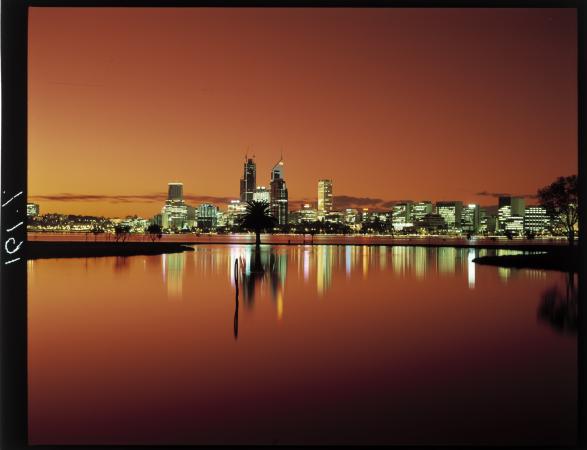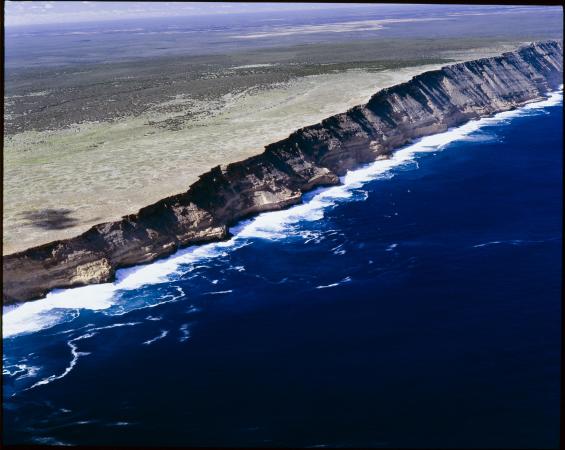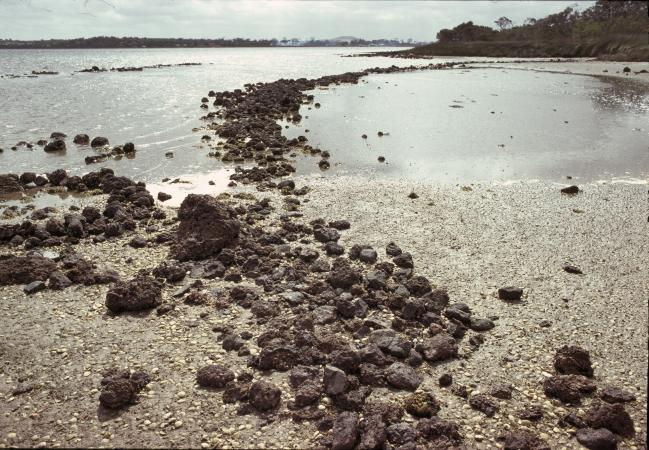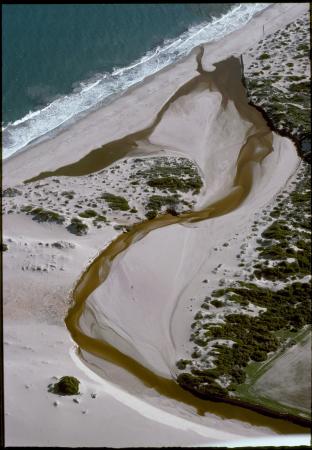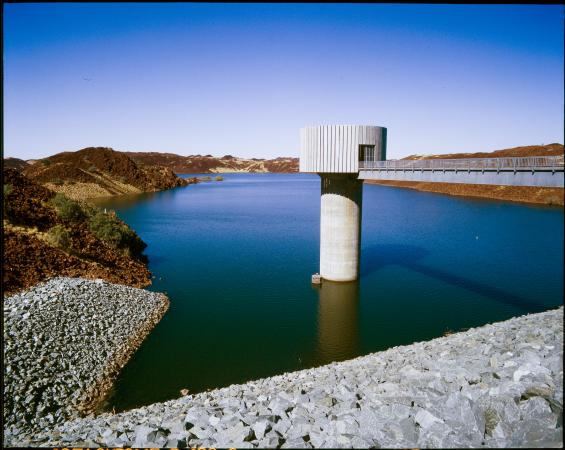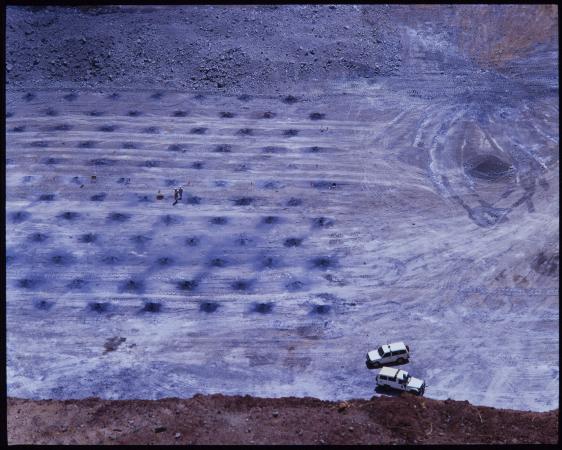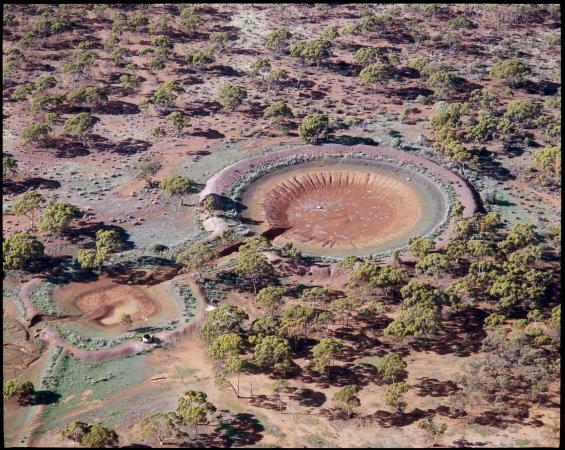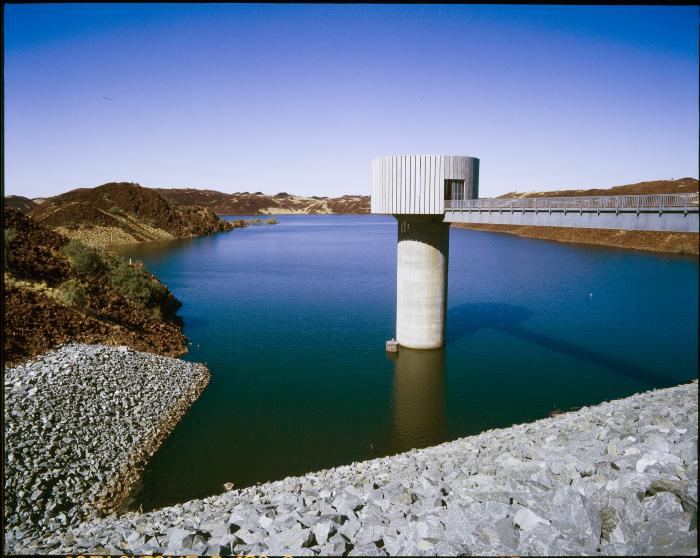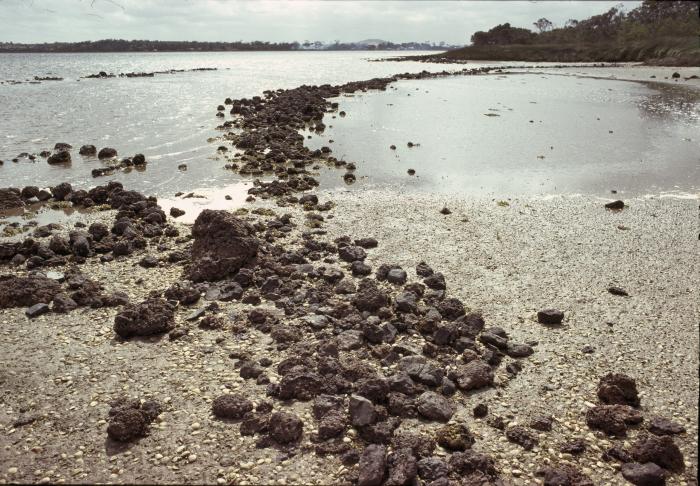Richard Woldendorp AM (1927-2023) was a renowned Australian photographer. Woldendorp is known for his shots of Australian landscapes that have a painterly quality to them. Much of Woldendorp’s landscape photography is from an aerial perspective, revealing forms and designs that aren’t apparent from a ground view.
In the above interview listen to Dr Kate as she discusses Richard Woldendorp’s photographs and delves into the story of how he became a photographer of West Australian landscapes and people. Below see a selection of his photos from the State Library catalogue.
Born in the Utrecht, Holland, in 1927, Woldendorp moved to Western Australia in 1951. He purchased his first camera in 1955, beginning a life-long career in photography. Within a few years Woldendorp entered and won respected photographic competitions, and established his professional practice.
In 2004, Woldendorp was named a State Living Treasure, in recognition of his contribution to the appreciation of the Australian landscape and in 2012 he was appointed the Order of Australia for service to the arts. The State Library holds over 2000 photographs by Woldendorp, and an oral history interview with Woldendorp.
The Harding Dam was a controversial development to support the growing population in the north-west region and to supplement the water supply from the Millstream aquifer. The area of the dam is culturally significant to the Aboriginal traditional owners, the Yindjibarndi and Ngarluma people. Construction of the dam resulted in the desecration of sacred sites of ongoing significance, including thalu sites used for ceremonies, rock art, burial grounds, and camp sites.
Despite ongoing protests and appeals to the new Commonwealth Aboriginal and Torres Strait Islander Heritage Protection Act, the dam was built and officially opened in May 1985.
The Oyster Harbour Fish Traps were constructed an estimated 6500 to 7000 years ago by Menang Noongar people. The traps show smart and sustainable design, utilising rocks and brush to trap fish at low tide. The traps were used during the warmer months for around six months of the year.
The Fish Traps were one of the first sites to be protected under the Aboriginal Heritage Act 1972. Before management of the site was returned to the Albany Heritage Reference Group Aboriginal Corporation in 2009, the Fish Traps had been a National Trust site since 1966.
Originally owned by Texada Salt Company, the salt mine site at Lake MacLeod was purchased by Rio Tinto in 1978. Salt is produced at Lake MacLeod through evaporation of naturally occurring underground brines (salt water). The sodium chloride precipitate forms in ponds known as crystallisers. The brine at Lake Macleod is around ten times saltier than sea water.
Lake Macleod, while mostly dry, has some retained water in the Northern Ponds. These support a diverse range of plant and animal species, including white mangroves. Lake Macleod is regarded as the world’s largest inland mangrove population.
Recorded live on ABC Radio Perth on 7 May 2021.
